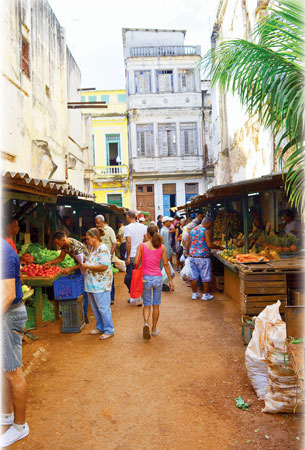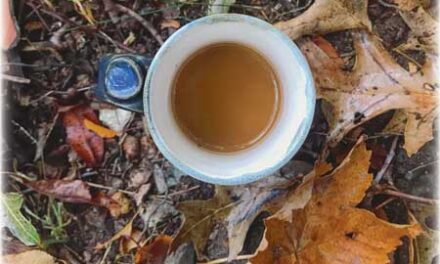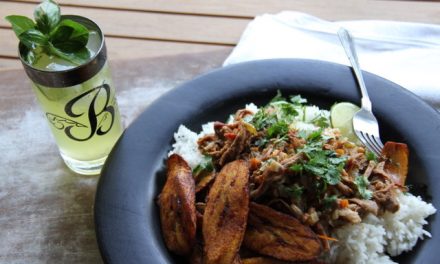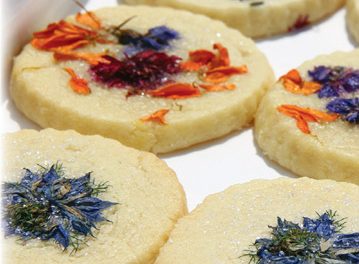Locavore Abroad
by Sam Vandewater

Photo Credit: Sam Vandewater
As eSS&SC celebrates its 10th year of publication, the island nation of Cuba also commemorates an eventful decade of transition. In 2008 edible South Shore was launched and soon provided an outlet for the locavores of the lands separating Boston, Providence, and Cape Cod. That same year, Fidel Castro stepped down from the presidency after leading Cuba for almost 50 years and left the executive powers to his brother Raul. While the effects of these two milestones are significantly different, both have had impacts on the people they have reached. Over the past decade, the importance of responsibly and locally sourced foods in southern Massachusetts has changed just as the way in which the Cuban people live, think, and dream about their burgeoning lives.
The people of Cuba, and most of the world, watched in 2008 as one of history’s most contentious soldiers, revolutionaries, and near lifelong leaders ceded his long-held power. Fidel departed in late February and designated his brother Raul to lead the nation to the future. Almost immediately, Raul began easing and repealing restrictive laws that had severely limited the Cubans’ access to goods and services, as well as certain topics of conversation like the economy. The European Union began normalizing relations with Cuba, providing access to a wider range of imports such as food and medicine. Land long reserved by the government was distributed to help improve the agricultural production of the country. By the end of the year, however, the island was recovering from two major hurricanes in September that destroyed hundreds of thousands of homes and structures. But the roots of transition had already sprouted, and the anxious people of Cuba pushed forward.
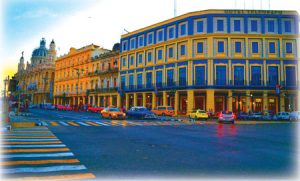
Photo Credit: Courtesy of Sam Vandewater
Since that overwhelmingly tumultuous year, Cuba has slowly progressed towards becoming a more active player in the world economy, markets, and politics. There was evidence of these changes throughout my New Year’s trip to Havana. The famous classic American cars were driven alongside new Kia and Hyundai sedans and the rare European import. New foreign hotels and their high-class eateries had opened near the National Capitol Building and along the Melacón, a massive avenue that separates the old city from the Atlantic Ocean. The checkered facade of revitalized buildings featured fresh coats of paint and structural remediation, particularly those in the historic center which highlighted the nation’s turbulent colonial past with Spain. All these sights in the days leading up to my New Year’s Eve celebration were accompanied by savory street food found in small nook-and-cranny shops wedged between larger establishments: faux-beef soy burgers; a sundry of sugared pastries; fried plantains; candy; and creamy, fruit-flavored ice creams. The alluring smells of the various Cuban snacks were often potent enough to pull me off my trek to a new museum or historic site. And on many evenings I enjoyed an ice cream on the Melacón, watching the sunset over the city and the waves of the temperamental Atlantic crash against the battle-scarred sea wall.
I often had my dinners at small joints off the main roads that were crammed with tables and chairs to fit as many people as possible, many of whom flooded out into the sidewalk. Dishes were often simple: one meat (typically chicken or pork) with a unique sauce or seasoning, some well-seasoned black beans and rice (known as Moors and Christians), and some dry lettuce and tomatoes presented as a salad. While the flavors of the various meats remained bold and savory, the repetitive and almost zealous use of the same accompaniments became somewhat boring…but the food was not the only enticing aspect of eating out in Cuba. The meal involved the company of people I was surrounded by, each relaxing to some form of tangy music and the cool evening air that brings the entire city to a hypnotic drawl. Dinner in Havana is truly a memorable experience. Even with all the wonderful restaurants, the smells of food I enjoyed the most were those of the home-cooked meals radiating from the apartments along my walks through the city.
An intriguing sight that I continued to see was the various types of cuisine that could be found throughout the city. Italian, French, Chinese, pizzerias, breweries, and I am sure more since I have left. And all these restaurants were no older than 10 years, as evidenced by the chic furniture and decor imported from formally forbidden markets. There was no doubt that the loosening grip of the Cuban government and the trepidatious investment of foreign interests over the past decade had enabled these businesses to flourish. While I noted the numerous cuisines that I could enjoy, I was here for the Cuban food experience.
On New Year’s Eve I planned to walk around the city and find a delicious adventure of my own worthy of sharing with the readers of eSS&SC. Instead, three young German women invited me to have dinner in one of the many city squares, accompanied by a show, until the countdown to the New Year’s fireworks. We indulged in a three-course meal while being entertained by celebratory dancing and bands playing traditional Cuban folk music with touches of Spanish and West African influences. Our dinner began with kebabs of beef, chicken, and vegetables served with a complimentary mojito. The main course was a hefty pork loin still sizzling from the grill, served with the usual accompaniments of rice, beans, and salad. Joyfully I noticed two unexplored additions to my dish: yuca con mojo, which is pieces of yuca root that have been softly boiled then covered in a citrus-garlic sauce, and a sweet potato mash flavored with cumin and mustard seed. Both added a flavorful complexity that had been absent in my previous dinners; the pork loin wasn’t half bad either. The meal concluded with a varied selection of desserts, the entire square shouting the countdown, and a mesmerizing display of fireworks. After we had settled our bill, the Germans decided to head to the nightclubs while I meandered my way back to the B&B, enjoying the vibrant family celebrations that had permeated onto the streets.
I woke up early on New Year’s Day and began roaming the silent city that had been pulsing with vivacious energy and hopeful excitement only hours earlier. The firecrackers had stopped, the music had subsided, and the chants of “Viva Cuba!” had disappeared. It was just me and a few stray dogs wandering the softly sunlit streets of old Havana. The morning was spent exploring different parts of the city: the decaying Centro neighborhood, Revolution Plaza, the National Museum. But I still wanted to find that one Cuban dish that would complete my trip.
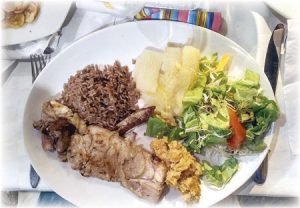
The yuca con mojo (softly boiled yucca root in a citrus-garlic sauce) and sweet potato mash (flavored with cumin and mustard seed) were welcome additions to my New Year’s Eve meal.
That night, I asked my kind B&B host Jacqueline about different possibilities and was directed to a more upscale restaurant than those I had been patronizing. To my happy surprise, a mix of Cubans and foreigners were enjoying their evening meals along with some chilled beers and iced cocktails. I sipped on my now familiar Bucanero lager while perusing the menu for the national dish Jacqueline had recommended: ropa vieja or rags (old clothes). The dish consisted of shredded beef cooked in a rich sauce of tomatoes, vinegar, and white wine with peppers, onions, garlic, and olives, spiced with black pepper and cumin, and topped with cilantro. The amazing flavors were bright and delightfully unrelenting, as if every taste bud had been individually and excessively stimulated by the multitudinal tastes in each bite. A side of plain white rice provided an additional texture that helped to soothe the explosive bold flavors. This was the dish. Not only did it have an incredible taste, but it is highly symbolic of the evolving island country. The recipe originates from the common people who took scrapings from leftovers and made a miraculous creation of intensely flavorful food. So, too, are the Cuban people transitioning their lives to bring their long troubled nation into a brighter and bolder future, forging their experiences into successes.
Sam Vandewater loves to travel and eat his way around the world and has been to 34 countries. Like his Cuban adventure, Sam is driven by his desire to immerse himself in cultures that are undergoing dramatic transformations. Next stop: Polynesia and Melanesia.

